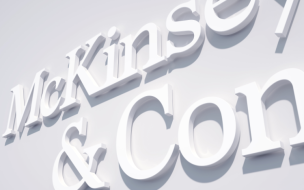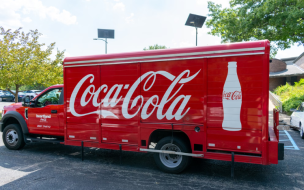Traditionally, recruiting is an on-campus, very structured, time-intensive, and expensive process. Students and employers learn about each other through a series of organized activities like mixers, presentations, coffee chats, treks, interview prep sessions, invite-only dinners, and interviews.
While the largest, most prominent companies continue to host a full schedule of events at their preferred schools, new approaches are emerging.
Employers seek to cut the cost and time required to hire, while increasing the predictability of a new hire’s success. Students have less time and more employment options. Given the rising demand for talent, they expect a more personalized approach and put greater emphasis on cultural fit.
Enter Artificial Intelligence (AI) and predictive analytics. Together, they automate much of the process of sourcing and engaging qualified, interested candidates. It’s a hot field—the number of VC-backed startups focused on the hiring process and employment has increased six-fold in 10 years, with more than 100 companies entering the space in each of the past three years.
How does it work? Students initially engage with companies through employer branding campaigns, posts on popular job boards, or through social media such as LinkedIn, Twitter and Facebook.
The recruiting process becomes interactive and borrows a lot from marketing automation, with a focus on customer (candidate) experience. It’s about sending the right messages at the right time, based on a student’s behavioral and demographic characteristics, to cultivate positive employer brand awareness and interest in specific jobs.
During the recruiting process, students may encounter new technologies. For example, Mya uses natural language technology to ask candidates questions based on job requirements, and answers questions about employer policies, benefits, culture and application status.
X.ai is an AI assistant that can schedule candidate interviews. HireVue records and analyzes interviews using facial expression, body language and word choice to assess candidates. Hire IQ uses voice analysis to evaluate candidates. And EngageTalent helps identify potential candidates by combining news feeds, company performance data, and news about personnel changes, to suggest which already-employed people might be receptive to a change.
While companies like IBM, GE, and Instacart all use algorithms to screen, test and hire, Unilever has gone further and partnered with Pymetrics to develop a series of neuroscience-based games. If the results of the games indicates a match with the profile for a certain position, the candidate moves on to a video interview on HireVue and, based on those results, will then be invited to meet with a recruiter.
AI and predictive analytics free recruiters from the time-consuming tasks of reviewing resumes, sourcing candidates or answering repetitive common questions.
Augmenting the human factor of the recruiter with data-supported competency profiles can also support diversity efforts by efficiently identifying candidates from a much larger pool and minimizing any inherent bias. Recruiters engage with well-qualified, receptive candidates to build relationships and on-board high-quality talent.
Students want to know—beyond career opportunity and compensation—whether a particular employer is the right cultural ‘fit.’ They are more likely to take a proactive and multi-channel approach to researching potential employers. They expect and value diversity in their employers. And they respond to an interactive approach to recruiting, whether online or in person.
The end result? Relationship-driven recruiting, based on predictive analytics and algorithms, facilitated by AI, and ending with strong conversion rates and quality hires that advance the company, and the student’s career success.
RECAPTHA :
9b
67
3b
11







